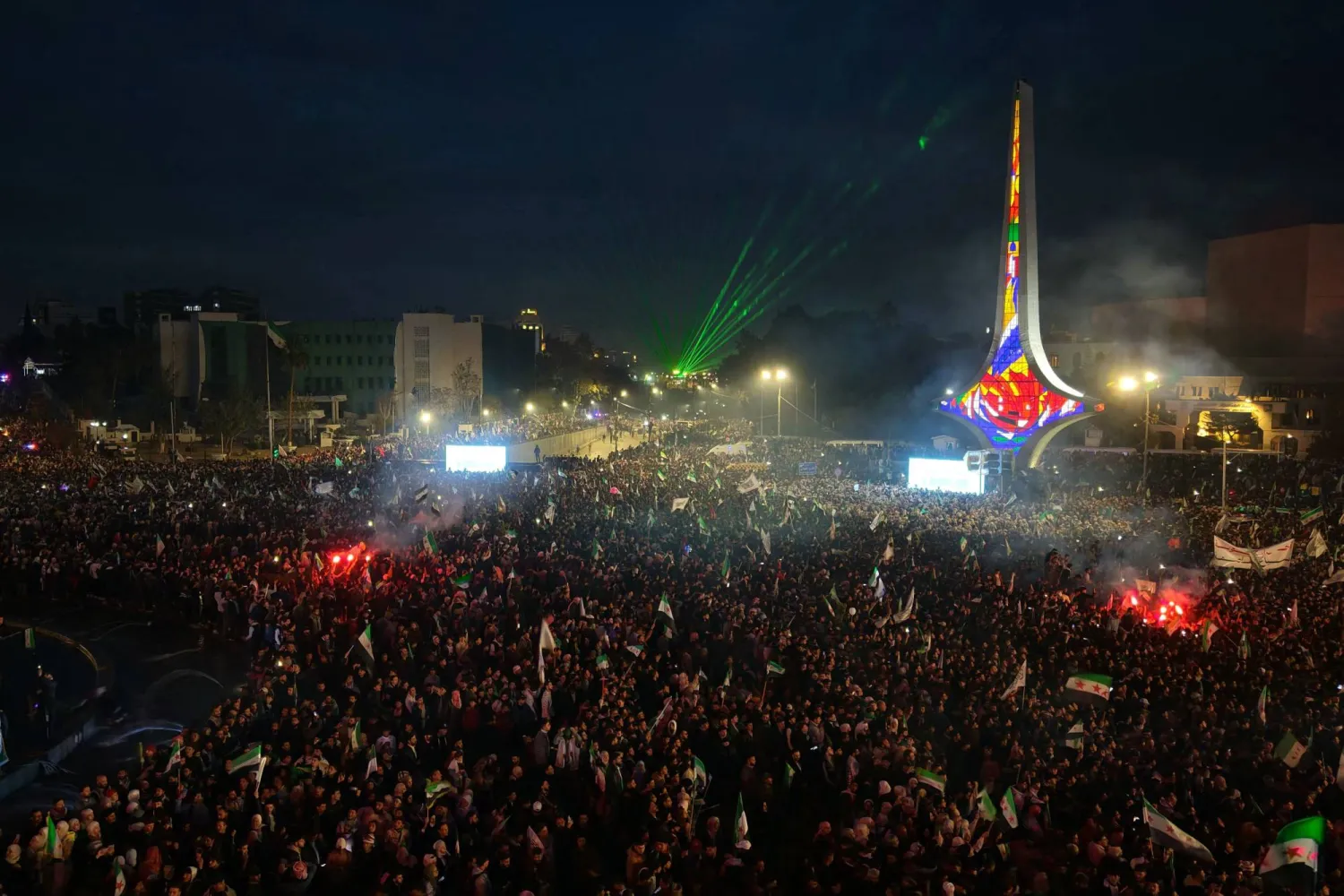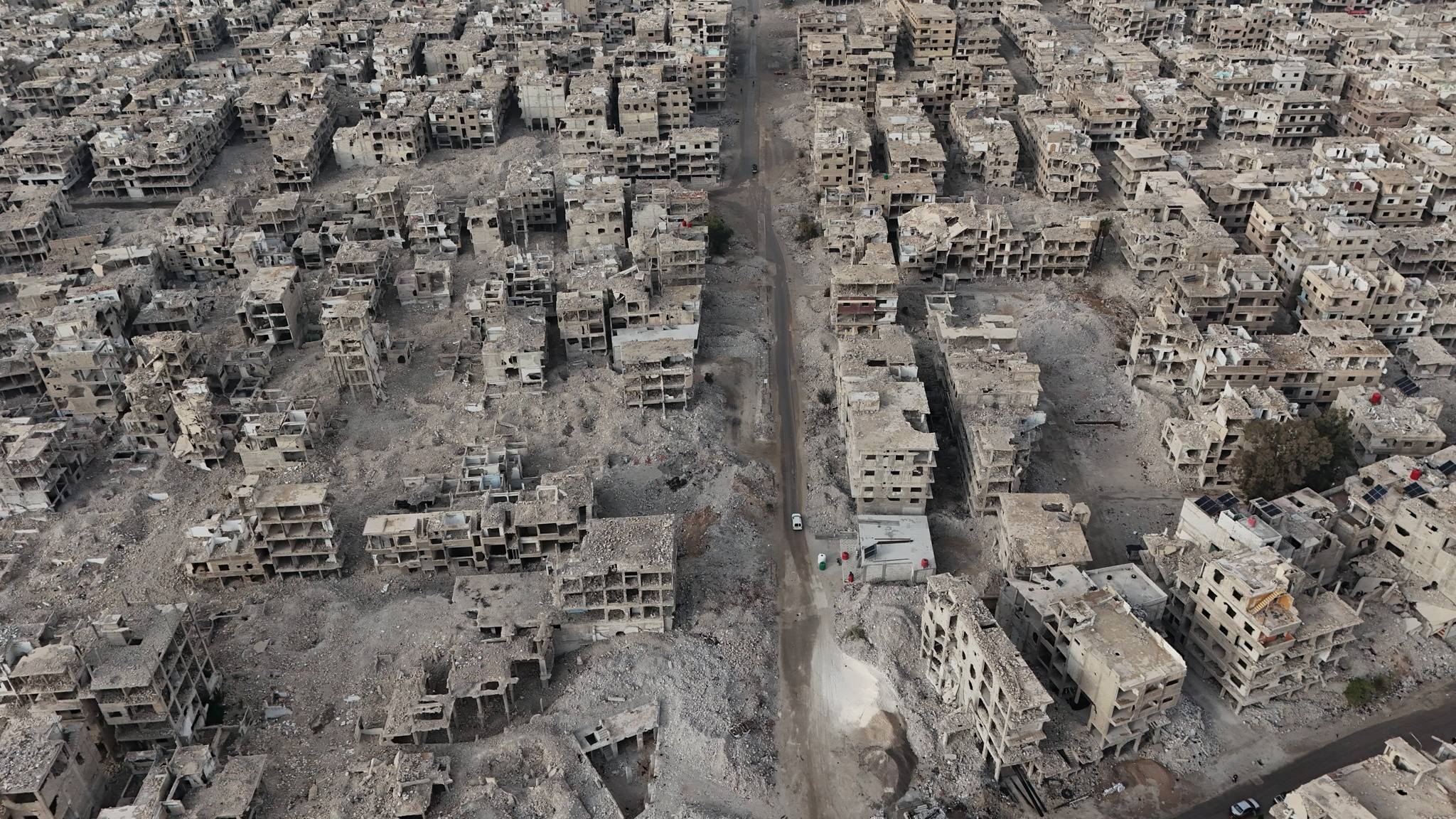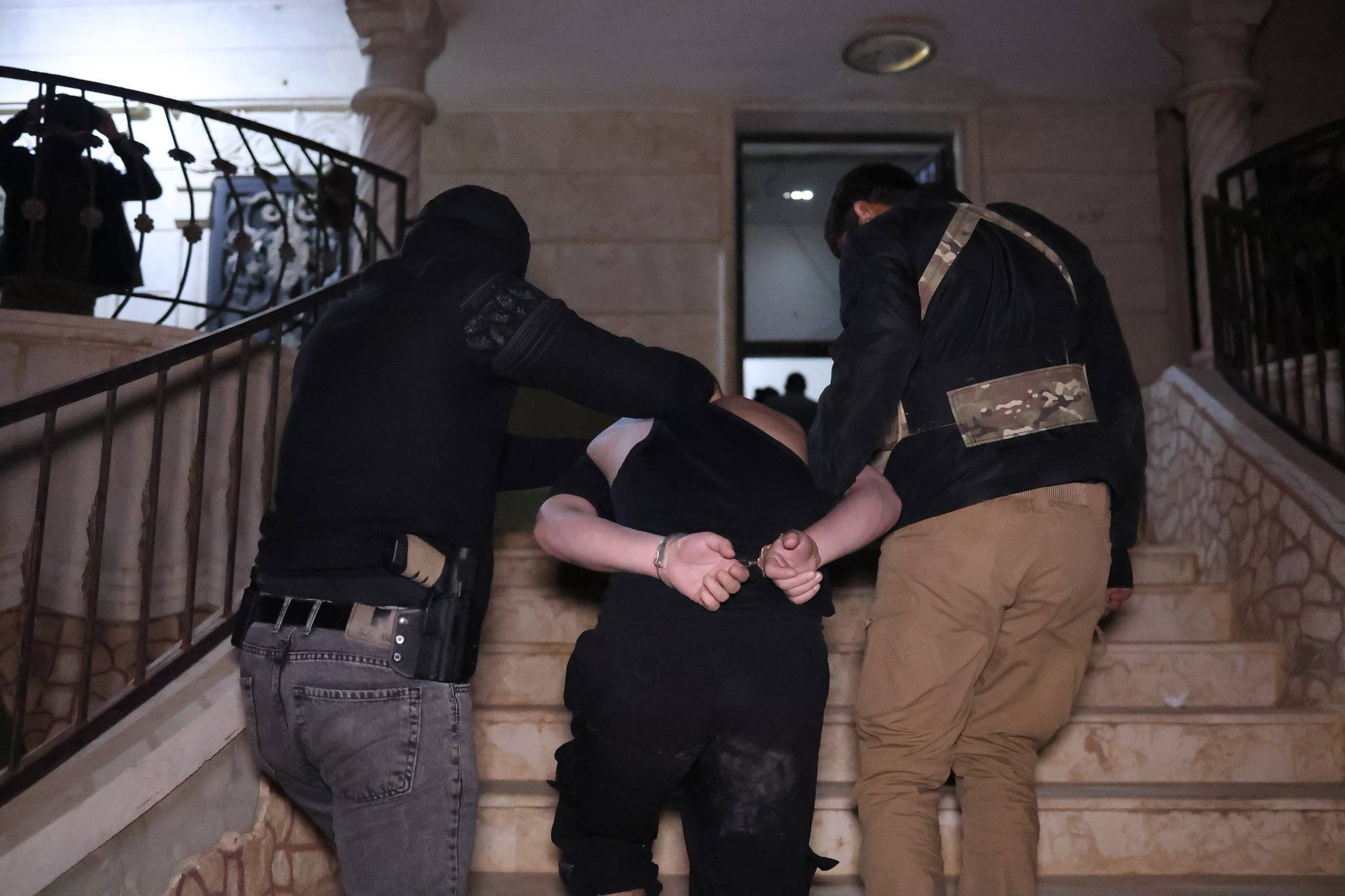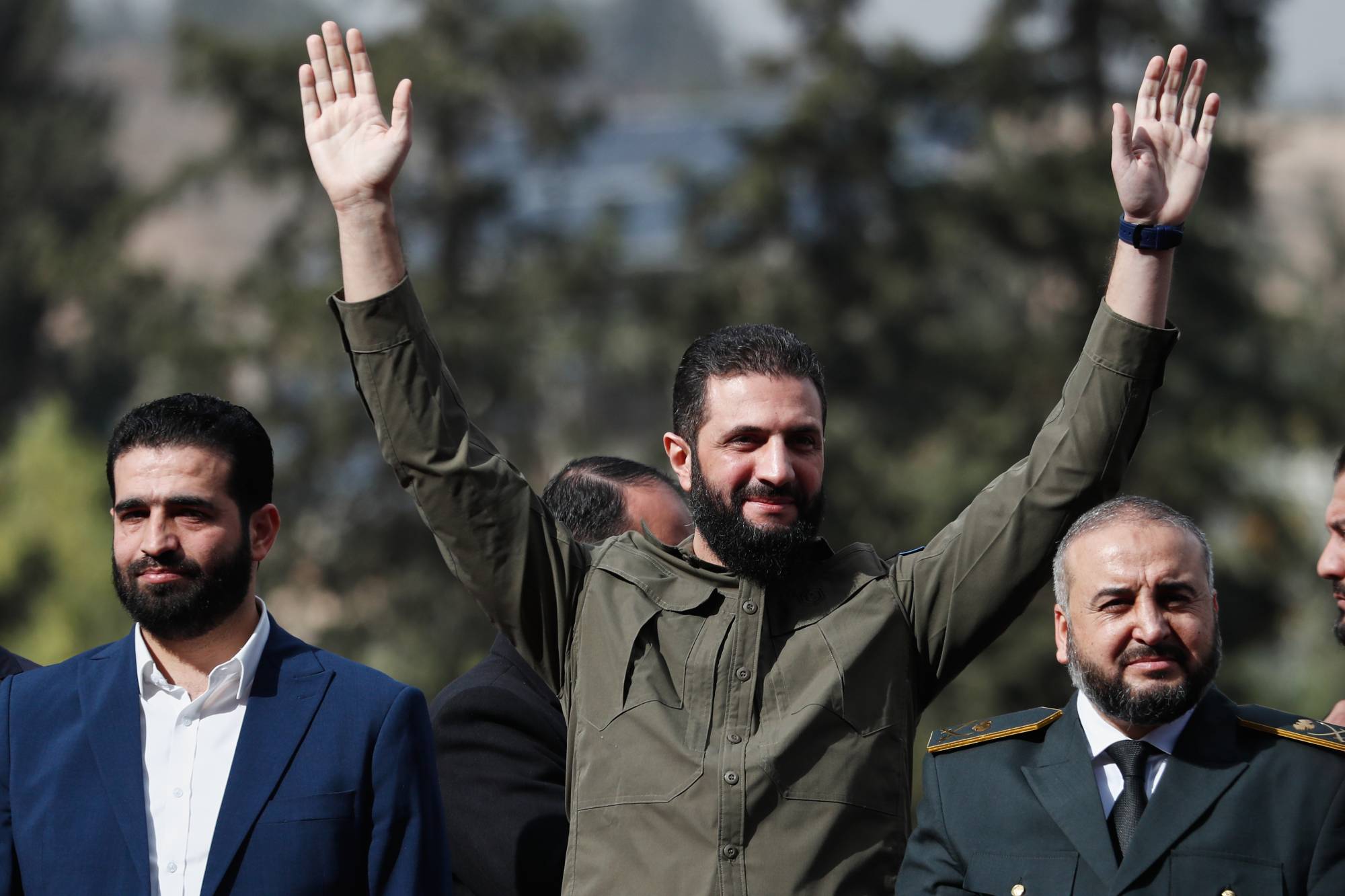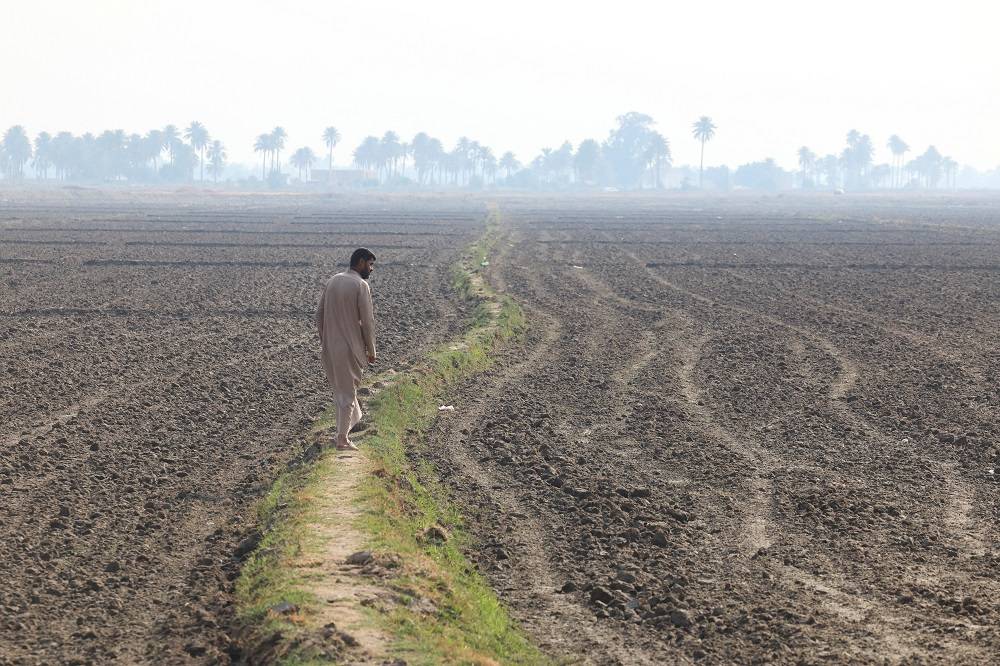Libya, once held together under the iron grip of Muammar Gaddafi, exploded into chaos after his ouster in 2011. Fourteen years later, the country remains fractured, yet a new map of military, political, and territorial control has emerged. It reflects not stability but shifting alliances, entrenched divisions, and the tug-of-war between rival powers vying for supremacy, from Khalifa Haftar in the east to Abdul Hamid Dbeibah in the west.
In 2014, General Khalifa Haftar, a former Gaddafi-era officer, launched a campaign to rebuild Libya’s disbanded army. As Tripoli and other western cities welcomed Islamist factions and extremist militias, Haftar began consolidating forces under a new banner -the Libyan National Army. Backed by the eastern-based House of Representatives, he was formally appointed commander-in-chief in 2015 by Speaker Aguila Saleh and was promoted to Field Marshal the following year.
Haftar’s supporters, such as Khaled Al-Turjuman, view this effort as a revival of the national military. What began as a force of just over 300 personnel has reportedly grown to more than 120,000 officers and soldiers. A recent military parade in Benghazi put this strength on full display, showcasing a broad arsenal of advanced weaponry. Haftar took the opportunity to issue a warning to rivals: “In the critical moment, the army will have the final word.”
Haftar’s influence extends beyond eastern Libya. His forces have consolidated control from Benghazi through Sirte and Jufra in the center, down to the southern borders with Sudan, Chad, Niger, and Algeria. One of the most strategically vital areas under his command is the oil crescent along the northeastern coast, encompassing Ras Lanuf, Sidra, Brega, and Zueitina, essential hubs for Libya’s oil exports.
Since 2019, Haftar has shifted his focus further south, targeting key cities such as Sabha, Brak al-Shati, and Ubari, and extending his reach to the far southwest in Ghat. He also controls southeastern border areas like Kufra, Al-Jawf, Al-Uwaynat, and the Tibesti Mountains near Chad. This southern push, some analysts argue, is part of a calculated strategy to project power beyond the traditional east-west divide. While Tripoli remains home to key sovereign institutions such as the Central Bank and National Oil Corporation, Haftar’s growing territorial grip has led critics to accuse him of attempting to militarize the state.
Military analyst Adel Abdul Kafi notes that most of Libya’s southern borders are now under Haftar’s effective control. He also points to a US-backed initiative involving joint forces from the east and west to secure Libya’s frontiers and coastlines.
Control over Libya’s energy resources remains a central pillar of Haftar’s power. Beyond the oil ports along the coast, he oversees several major oilfields in the south. The Sharara field in Ubari, producing approximately 315,000 barrels per day, and the El Feel (Elephant) field, with around 70,000 barrels daily, are among the most significant. Though these fields are managed by the National Oil Corporation headquartered in Tripoli, protection on the ground often comes from a patchwork of facility guards and local militias -- some loyal to Haftar, others to Dbeibah, and some switching sides as needed.
Haftar commands a network of military bases that support his campaigns in the east, center, and south. These include the Jufra Airbase, used as a launchpad during his failed 2019 offensive on Tripoli; Al-Khadim (also known as Al-Kharouba), where drone operations have been reported; Al-Abrag and Gamal Abdel Nasser airbases in the east; the Tamanhent base near Sabha; and Brak Al-Shati, which secures critical southern supply lines. Another strategic base, Ma’tan al-Sarra near Kufra, is rumored to host Russian forces, giving Moscow a potential gateway to the African Sahel.
Haftar’s military strength is matched by political clout. Though the eastern-based government of Osama Hammad is not internationally recognized, it operates with Haftar’s backing and funds development projects through the Libya Development and Reconstruction Fund, headed by Qassem Haftar, the commander’s son. Despite their expired mandates, the House of Representatives and the High Council of State continue to pass legislation and negotiate over the formation of a new government—deepening Libya’s institutional deadlock.
The Presidential Council, headed by Mohamed al-Menfi, was established under the 2020 Geneva agreement and holds formal international legitimacy. However, its actual power is limited. Though it is nominally the commander-in-chief of the armed forces, internal divisions and political agreements strip it of much of its authority. Even in the west, where it is based, the Council is overshadowed by the Government of National Unity under Abdul Hamid Dbeibah.
Dbeibah’s legitimacy has come under increasing scrutiny, especially after violent clashes erupted in Tripoli in May, sparked by the killing of militia leader Abdul Ghani Al-Kikli (Ghneiwa). These confrontations exposed the fragility of the security landscape in the capital and significantly weakened Dbeibah’s position. Though his term officially ended after being appointed in early 2021, he refuses to step down without elections, leaning on continued international support.
Despite controlling public spending and state institutions, Dbeibah’s grip on security is largely dependent on a volatile network of militias. Previously aligned with powerful groups like the Stability Support Apparatus and the Special Deterrence Force, Dbeibah has since fallen out with many of these factions. Following Ghneiwa’s death, he disbanded the SSA and entered into open conflict with Abdul Rauf Kara’s Deterrence Force, escalating tensions across Tripoli.
Today, Dbeibah relies primarily on the 444th Combat Brigade, led by Major General Mahmoud Hamza, who also heads Military Intelligence in western Libya. He is supported by the Joint Operations Force in Misrata and other militia groups, including Battalion 55 under Muammar Al-Dawi. These forces benefit from extensive support from Türkiye, which provides Bayraktar TB2 drones, limited radar systems, and military training facilities under prior agreements signed with former Prime Minister Fayez al-Sarraj.
Western Libya’s military infrastructure includes several important bases. Al-Watiya Airbase, southwest of Tripoli near the Tunisian border, is vital for control over the western region. Mitiga Airbase in Tripoli, currently controlled by the Deterrence Force, serves as a civilian and military airport. Abu Sitta Naval Base in Tripoli functions as the headquarters of the General Staff, with strong Turkish naval ties. Misrata Airbase, among the country’s most fortified, hosts Turkish personnel and hardware. Other key sites include Yarmouk Camp in Tripoli -- now reportedly housing Syrian mercenaries --April 7 Camp in Bab Ben Ghashir, and the Khums Naval Base near the city of Khums.
Tripoli remains the nerve center of Libya’s institutional framework, hosting the Unity Government, the Presidential Council, the High Council of State, the Central Bank, and the National Oil Corporation. Yet, control over western Libya’s border regions with Tunisia, Algeria, and Niger remains tenuous. In areas like Ubari, Ghat, and Murzuq -home to Tuareg and Tebu communities - authority shifts frequently among competing forces.
The frontline between the rival eastern and western coalitions lies just west of Sirte. Haftar’s forces control the city, while Dbeibah’s militias are stationed in its outskirts, near Misrata. Buwairat al-Husun marks the main demarcation line. Periodic troop mobilizations and skirmishes in the area fuel ongoing fears of a new confrontation.






